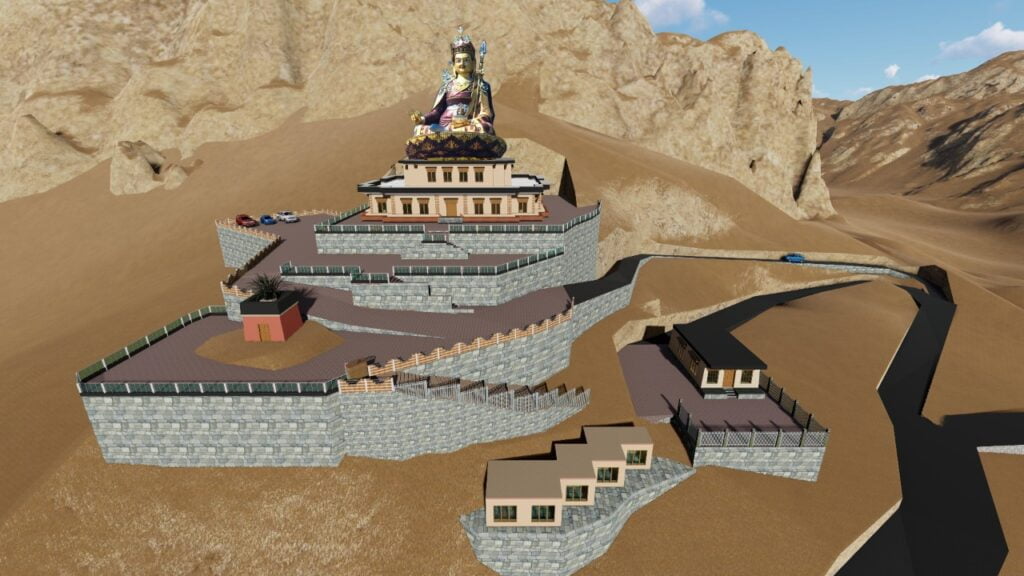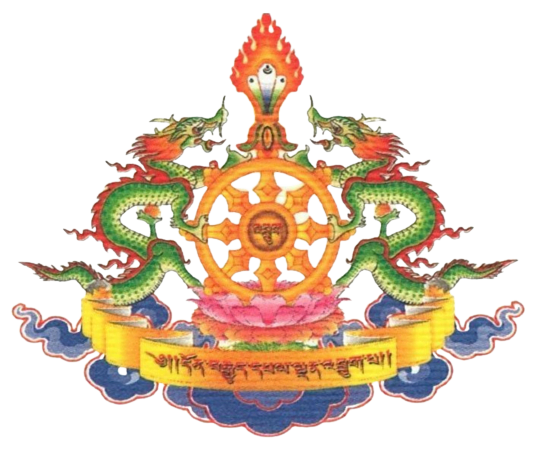The forms of Tantra using mantras, powerful sacred sounds, are known as Mantrayana. Tantra tries to realize the continuous connection between all human states and conditions, including ones that are usually considered polluting or dangerous; all are the Buddha-nature, if perceived and experienced rightly. Thus hatred and revulsion, which are the oppositions of love and desire, dissolve in the realisation that all states are equally undifferentiated Buddha-nature and are without real characteristics of their own. Visualising the Buddhas or Bodhisattvas, and so attaining union with them, is a basic form of devotion.





